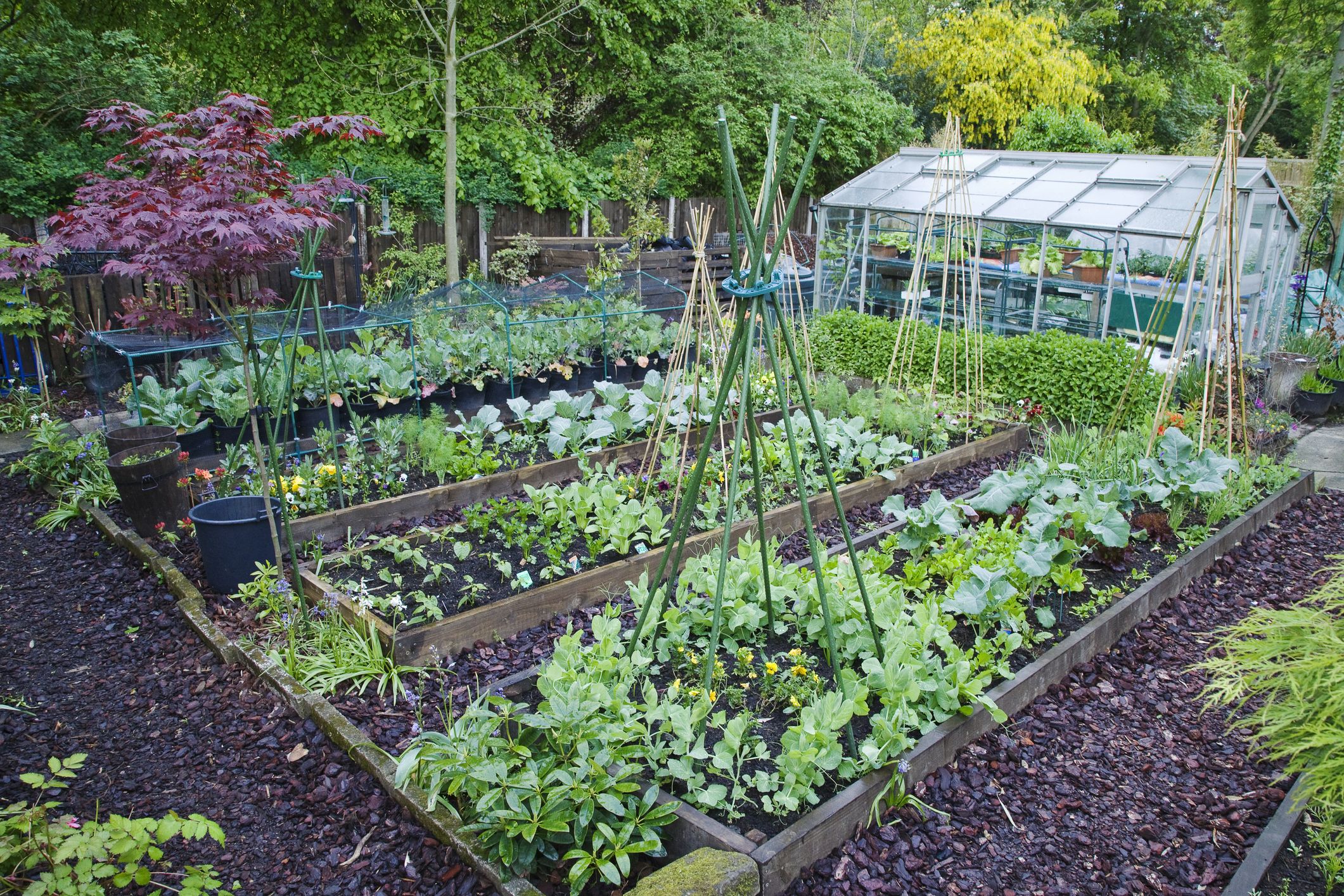Table of Contents
Buy 8 Vegetables You Can Grow At Home (Yes, Even In ... - Greatist in Terrigal
Yes, you can grow vegetables indoors including lettuces, arugula, spinach, kale, carrots, radishes, beet greens, tomatoes and more. Best of all, it can all be done with basic shop lights. Most of the recommended indoor food plants can be started from seed using these step-by-step instructions. Growing peas indoors with shop lights.

I discovered the world of indoor food growing completely by surprise. I’ve always started seeds indoors for transplanting outdoors in late spring but one year the weather was not behaving. So, instead of transplanting some pea plants outdoors, I just let them continue growing indoors. Much to my surprise, my indoor pea seedlings kept growing, forming vines around my grow light shelves, and eventually flowering and producing pea pods.
Since then I have grown dozens of different vegetables, herbs, and some fruits in my house without any special equipment beyond basic fluorescent shop lights. And (bonus) it doesn’t require any more space than houseplants so it’s totally do-able in apartments or the corner of a living room. But, while you can grow many things, we have to .
Buy Tips For Growing The Perfect Vegetable Garden in Newcastle - limited period
And, except for leafy greens, sprouts, and microgreens, most food crops grow much slower indoors. This has a list of fast-growing crops to grow indoors. Anything we grow for edible leaves or stems are the easiest because they can be harvested at any time. Cool-tolerant, leafy, salad greens like spinach, kale, or arugula grow quickly (4 to 6 weeks) and easily in compact spaces.
Slow-growing foods like tomatoes, cucumbers, and peppers must flower and fruit and require more space and optimum conditions over a longer period of time to reach harvest. Producing a giant cabbage or ear of corn would be an indoor garden feat so don’t believe the crazy claims you read online.
To get started, I’ll show you the basics, list which seeds to try, and show you my low-cost setup including the lights I like (cheap). Indoor food growing is a really fun way to experiment with plants and enjoy some of the best salad greens ever, perhaps with a few cherry tomatoes on top.
Top 20 Garden Vegetables To Grow - Kellogg Garden Products now in Brisbane - limited time
But you do have to choose the right plants and provide the right conditions. I’ll show you what I have had success with. Leafy green growing indoors I’ve generalized the recommended temperatures since we can’t provide a different environment for each crop. If your room stays around the average room temperature of 70F/20C, it should be fine.

Beets (greens, tiny roots) Broccoli (stalks, greens only) Brussels sprouts (stalks, greens only) Carrots (tiny but sweet) Kale Leafy greens (not head lettuces) Mache (corn salad) This has tips for growing leafy greens indoors. See more fast-growing indoor vegetable ideas here. Potted herbs growing indoors Herbs really do prefer life outdoors and most like a lot of sun.

It may be hit and miss, but if you like the challenge, go for it. I find basil does best with its roots in water for a while instead of trying to grow it in a pot. Basil Oregano Peppermint Rosemary This has more tips on growing herbs indoors. This step-by-step tutorial shows how to grow rosemary from cuttings.
Buy Growing Vegetables Indoors Under Led Grow Lights in Brisbane - limited time only
Cucumbers are another option for advanced / patient growers. The bigger the fruit, the longer it will take—and usually much longer than it would outdoors. Plus, any crop that fruits will need some sort of assistance with pollination when growing indoors. This can involve moving pollen from flower to flower with a fine paint brush, or shaking flowers to ensure pollen reaches the stigma.
Look up what you’re growing for specific pollination advice. This is helpful for knowing which fruits and vegetables need pollinators to fruit. Here are things to consider with indoor growing: – low-medium to high depending on what you’re growing – organic potting mix for veggies with drainage holes and saucers or drip trays – 40 to 50% range is fine for most indoor crops – use distilled water if yours is hard or heavy in salts – use an electric fan to help prevent mold and fungus, assist pollination – 60°F/15C or 70°F/20C range depending on plants – consistent, not drafty – your soil will need feeding as the plants grow For a detailed look at the supplies I use and recommend, see Best Low-Cost Indoor Seed Starting Supplies.
Natural light can also help but may not be sufficient, especially in winter months. You can certainly combine the two if that works with your setup. The fast-growing, cool-tolerant vegetables listed in Group 1 (above) enjoy moderate light and warmth (60°F/15C). This may be provided at a sunny south-facing windowsill or under shop lights (12-16 inches away).
Table of Contents
Latest Posts
Which Cbd Oil Is Best For Parkinson S Disease - Sbarro ... in Vallejo-California
5 Best Cbd Oil For Parkinson's Disease - Too Slick in Vallejo-California
Parkinson's Disease Patients Report Benefits Of Using Medical ... in Tucson-Arizona
Navigation
Latest Posts
Which Cbd Oil Is Best For Parkinson S Disease - Sbarro ... in Vallejo-California
5 Best Cbd Oil For Parkinson's Disease - Too Slick in Vallejo-California
Parkinson's Disease Patients Report Benefits Of Using Medical ... in Tucson-Arizona